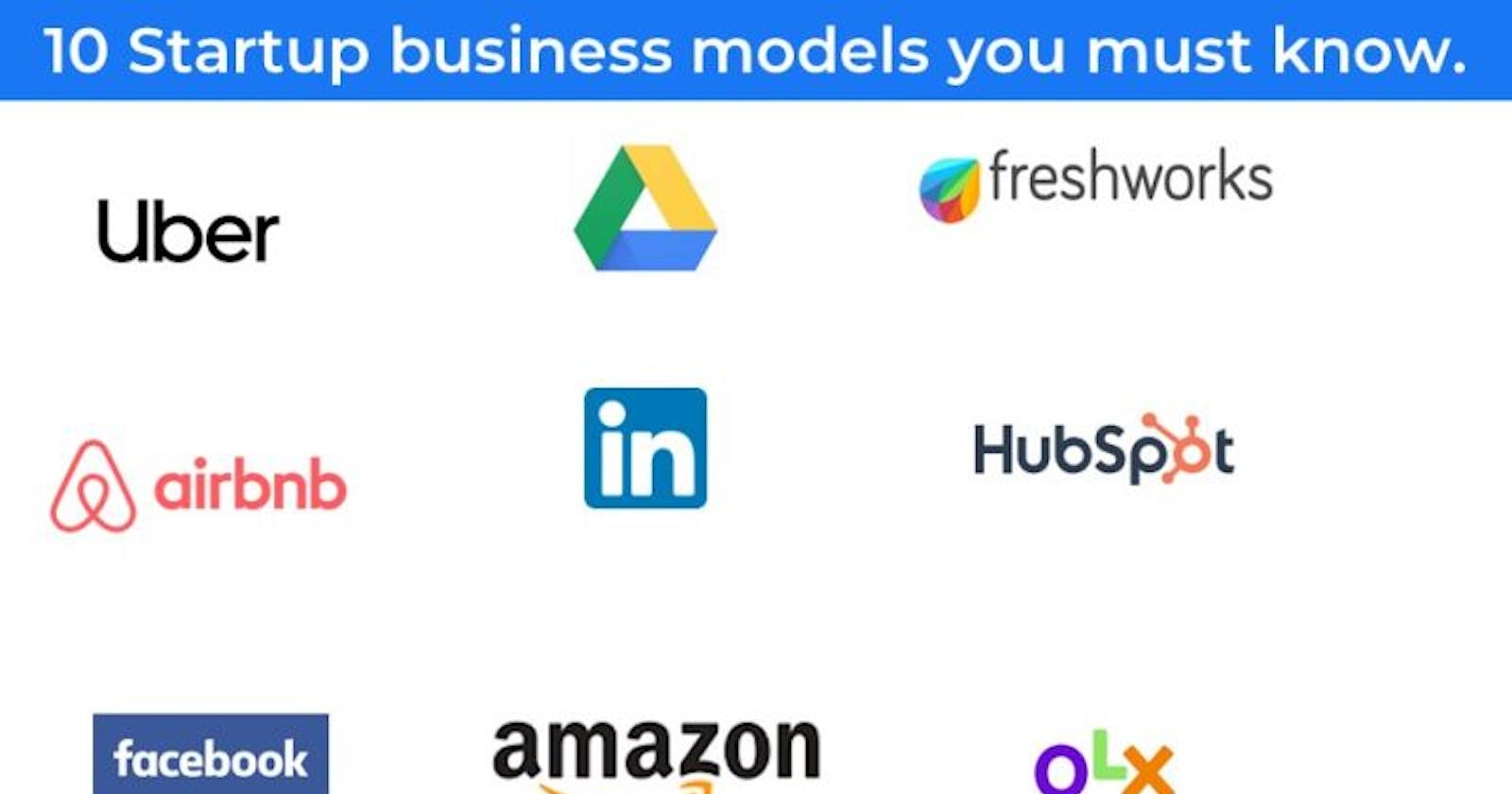If you want to start up then I am sure your startup will have one of these ten business models.
If you are new to the startup ecosystem, I recommend reading my article on the types of startups.
So let’s dive in.
Freemium business model —
Here you allow users to utilise basic features of a software, game or service for “free” and then charge for “upgrades” to the basic package.
Example — Google Drive, cloud and Slack.
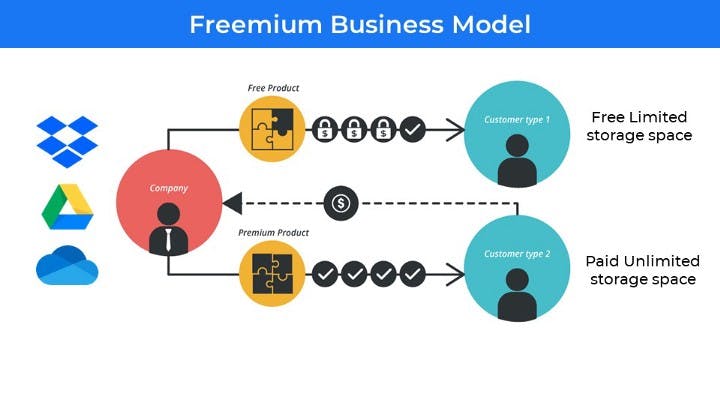
2. Subscription business model —
It is based on selling a product or service to receive monthly or yearly recurring subscription revenue.
Example — Amazon Prime, Netflix and Slack.

3. Pay-as-you-go business model —
This is a pricing strategy where users pay based on their consumption.
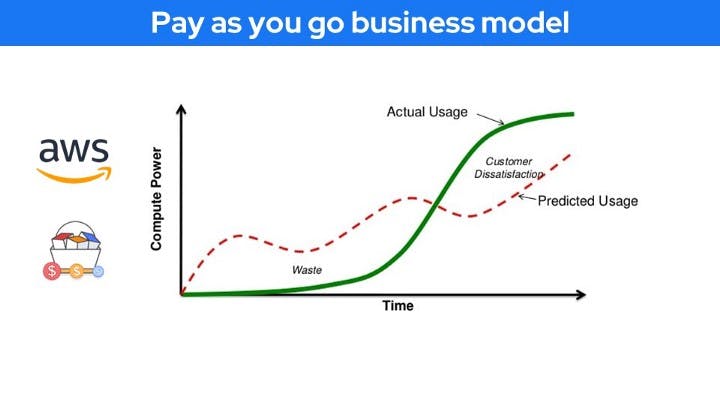
It is used by cloud computing companies like Google Cloud, AWS etc. In short, the more you use, the more you pay.
4. Marketplace business model —
A marketplace is a type of e-commerce site where product or service information is provided by third-party sellers, and the company take a cut from the transaction(15%-25%).
Example — Amazon, Fiverr, Urban Company

5. Fee-for-service (FFS) business model
When a business makes money based on the transactions processed.
It is used by companies like Stripe and Razor pay where they deduct 1%-2% as the collection fees on the transaction amount.
6. Transactional business model
The revenue is generated by directly selling an item or a service to a customer.
Widely used by e-commerce sites or any other product you purchase online. Ex Boat, Mama earth
7. Ad-based business model
Used by social media and search engine giants which use your search engine and interest data to show ads.
Example Google and Meta.
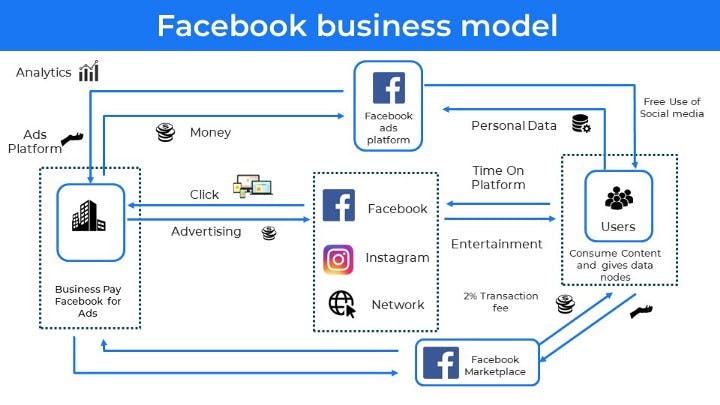
It keeps users out of the equation, so they don’t pay for the service or product offered, e.g. Google users don’t pay for searches.
8. Hidden revenue business model
Job portals can make money by charging an upgrade both from the candidate and recruiter who is on the website.
9. Franchisee business model
Here the franchisee(local owner) is using the trademark, branding, and business model of a franchisor(company).
Example Dominos, KFC etc.

10. Razor blade business model
In this type of business model, one item is sold at a low price in order to increase sales of a complementary good, such as consumable supplies. Example — Gillet razor & blades, CCD Coffee machine & coffee beans and HP Printer & Cartage etc.
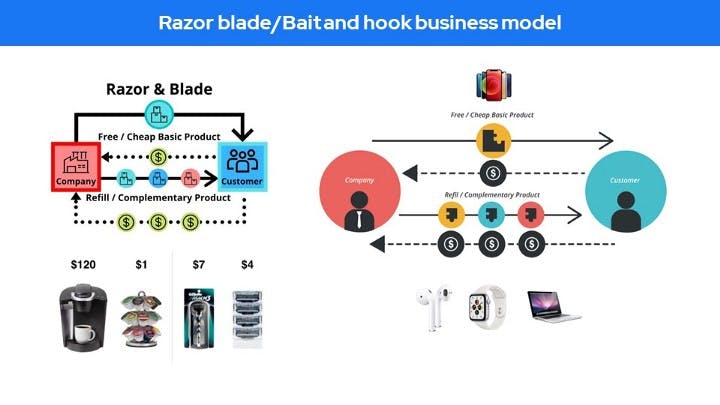
Would you like to get a copy of these business models? Connects with me on LinkedIn (Navdeep Yadav) and message me, and I’ll send you 😉
To dig deep into these business models, you can watch my course on

31 types of the business model
If you want me to write more on these topics. Please clap and follow me. As this will help me understand that you like the content.
